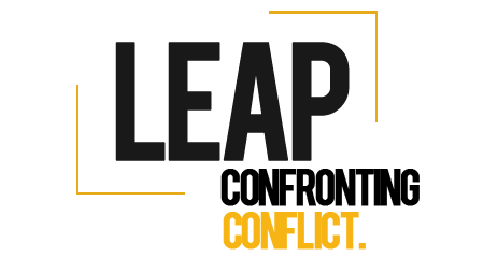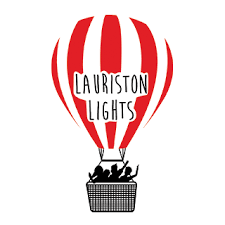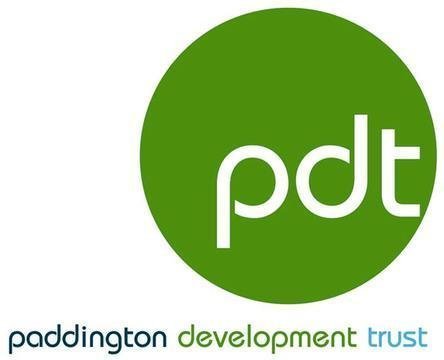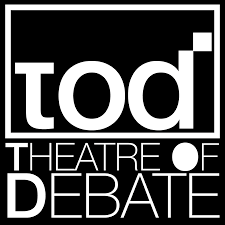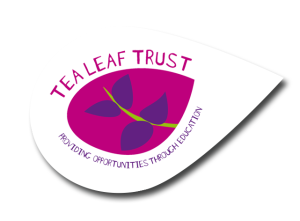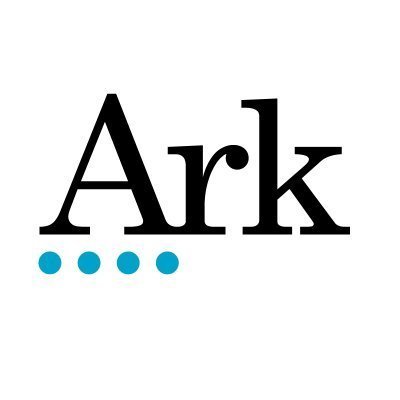
Impact
Our impact so far
98%
would recommend to a friend/colleague
1000+
participants
92%
participants improved in at least one key area (well-being, confidence, creativity)
99%
found the TDD facilitator helpful and supportive
Case Study: Aditi
Aditi took part in a 10 week workshop series through a West London Zone and Tie-Dye Drama collaboration.
The first 5 weeks used the theme, “Imagination Location”, where participants went on weekly adventures to real and imagined locations. The second 5 weeks focused on “All the Feels”, a well-being focused theme exploring the recognition and handling of emotions.
Before the workshops took place, the Tie-Dye Drama facilitator (Ella) had an induction meeting with the West London Zone Link Worker. During the induction, they discussed the strengths, needs and wider picture surrounding Aditi. The Link Worker said the main target for this child was to improve in confidence, especially in sharing ideas with others.
On the first workshop, Aditi entered withdrawn. She kept her eyes on the ground and appeared nervous. During the first activity, Question of the Day, Aditi did not want to answer verbally, but whispered the answer for the Link Worker to share. During the rest of the session, the pupil curiously observed the activities and then joined in, following others’ leads.
Throughout the weeks, Ella continued to develop a creative and supportive environment for Aditi; encouraging and celebrating their ideas and input. The activities required Aditi o work both on their own and with a range of different groups, gently challenging them.
Over the weeks, Aditi grew in confidence and demonstrated a real enjoyment of the activities. They began to enter the workshops with a huge smile and after 3 weeks, told Ella in a very cheerful manner that they loved coming to the drama club.
On Week 4 of the workshop series, the group drew and created their own under sea stories. They were given the options of showing their pictures silently, or narrating the story to the group. Aditi opted to narrate their story, proudly and confidently talking to the group. They even took part in a Question and Answer session, answering on-the-spot questions about their work.
The transformation in Aditi’s confidence truly shone during the end of term performance on Week 9. Aditi commented that outside of the sessions she had been practising her scene with her siblings and that she was excited to perform to her family in the final sharing. Aditi’s self devised scene was performed to an audience consisting of peers, parents and staff. Their character exhibited a range of emotions, vastly different and out of character to Aditi’s own. Aditi acted with conviction and even helped to support her peer in the scene.
Case Study 2: Charlie
Charlie took part in a half day workshop with a Brent Council Family Centre. The theme was ‘Science Week’.
During the induction, one of the Centre’s Key Worker’s told Ella that Charlie was struggling with challenges at home and that this was impacting their behaviour.
The first time Charlie was invited to attend a Tie-Dye Drama session, they refused to attend.
Part 1 of the session: Charlie attended the workshop, entering the space and immediately went sat on the outskirts of the room, refusing to take part. Ella told Charlie that they were welcome to join the group when they were ready to do so.
Part 2 of the session: After observing the introductory activities, Charlie shouted out from the sidelines and refused to take part in anything they weren’t interested in. Ella referred back to the Group Agreement of expectations and modelled other ways C could communicate to the group.
Part 3 of the session: In the next game, participants were instructed to find various objects around the space and then to choose the one they found most interesting. Charlie was really excited to choose their sports drink they had in their bag. They excitedly spoke about the bottle and drink to the rest of the group. With encouragement, C then listened to other participants talk about theirs.
Part 4 of the session: the participants were split into groups with the task of acting out a scientific experiment involving their objects. Charlie was highly engaged, sharing their own and bouncing off others’ ideas. Charlie couldn’t wait to perform the scene back to the group. As instructed, C’s group performed the scene until the moment of challenge: another scientist had been angered and was behaving destructively. Audience members were then invited to input ideas on how to resolve the scene. One audience member suggested that Charlie’s character shout at the wrong-doing scientist. The actors then improvised this but it did not resolve the tension. Ella then asked the actors what they thought could help. Charlie responded, “I will try speaking to them in a calm voice”. They then proceeded with the scene and the other actor responded in a calm way, thus enabling a restorative conversation between the characters!
After this workshop, C attended several Tie-Dye Drama sessions through the Brent Family Centre workshops.
Measuring our impact
Personalised Approach
Before a Tie-Dye Drama session, we speak to the individuals or key staff contact to obtain information on participants’ aims and goals. During the session(s) we have a quick check-in with participants as to whether they think they’re on track with these goals and if not, how we can help. At the end of the session(s), we reflect on these goals individually or collectively.
Quantitative Data
We carry out post-surveys with participants and observing staff members, using questions based on skills developed and enjoyment.
Qualitative Data
Via verbal discussions, written or drawn reflection, we collect on-going participant feedback to gather a wider-picture view of our participants’ experience.






